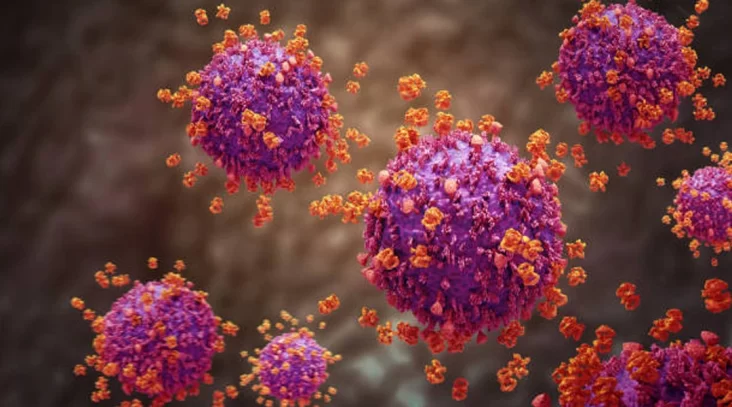A retrovirus is a type of RNA virus that is unique in its ability to convert its RNA genome into DNA and integrate it into the host cell’s genome. This process is called reverse transcription, which is the opposite of the usual flow of genetic information (DNA to RNA). Retroviruses belong to the family Retroviridae and are characterized by their possession of an enzyme called reverse transcriptase.
The life cycle of a retrovirus involves several key steps
- Attachment: The retrovirus attaches to specific receptors on the surface of the host cell.
- Entry: The virus fuses with the host cell membrane, allowing its contents, including the RNA genome and some viral proteins, to enter the host cell.
- Reverse transcription: Once inside the host cell, the viral RNA genome is reverse transcribed into a double-stranded DNA molecule by the reverse transcriptase enzyme.
- Integration: The newly formed DNA molecule, known as the proviral DNA, is transported into the host cell nucleus and integrated into the host cell’s DNA. It becomes a permanent part of the host cell’s genetic material.
- Transcription and translation: The integrated proviral DNA is transcribed into RNA molecules, which serve as templates for the synthesis of viral proteins. These proteins are essential for the assembly of new virus particles.
- Assembly and release: The viral components come together to form new retrovirus particles, which then bud off from the host cell membrane and are released to infect other cells.
Notable examples of retroviruses include the human immunodeficiency virus (HIV), which causes acquired immunodeficiency syndrome (AIDS), and the human T-lymphotropic virus (HTLV), which can lead to certain types of leukaemia.
Retroviruses have been studied extensively in virology and have also contributed to important discoveries in molecular biology and gene therapy. The ability of retroviruses to integrate their genetic material into the host genome has been harnessed for gene delivery and gene therapy applications. However, it is also this ability that makes them challenging to treat and cure since integrated viral DNA can persist in host cells for extended periods, leading to lifelong infections.

